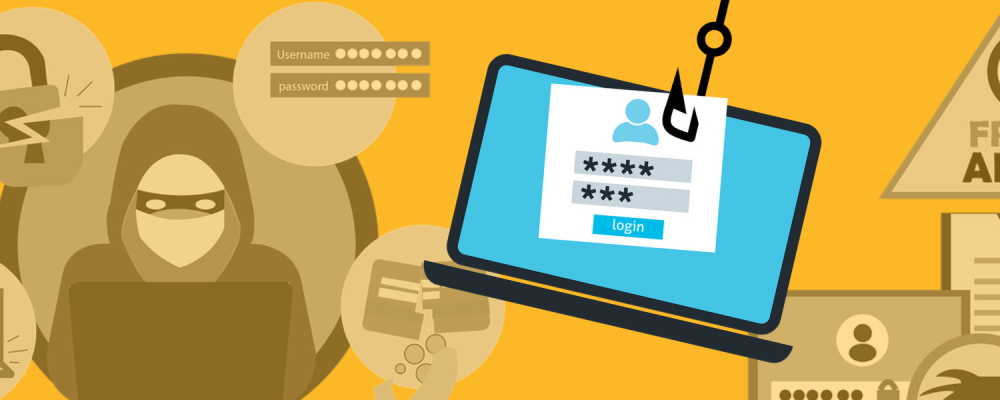October is cybersecurity awareness month, and Ų▐ėč╔ńŪ°ŌĆÖs information security team is informing students and staff about how to stay safe online through four weeks of interactive fun with the chance to win some amazing rewards. The goal, of course, is year-round attention to cyber threats.

ŌĆ£What weŌĆÖre looking to do is have prizes both in the student and the employee area,ŌĆØ Jim Raber, the associate chief information officer for the Division of Information Technology, told Kent State Today.
Each week of Cybersecurity Awareness Month an email video certification will focus on an important theme of cybersecurity. The themes for the upcoming weeks follow those established by the , a non-profit organization that aims to increase awareness about internet security.
ŌĆ£The videos that we use, and a lot of the themes are laid out by that organization,ŌĆØ said Tom Schindler, associate director of information technology on the information security team. ŌĆ£ItŌĆÖs the idea that everybody uses the same type of thing, so that the messaging is the same.ŌĆØ
The first week highlights the importance of strong passwords and multi-factor authentication, or MFA. Changing passwords regularly and using multi-factor authentication adds an extra layer of security to any and all kinds of personal information.
During the second week, the information security team wants to explore the relevance of keeping devices up to date. On most smart devices, updates can contain important security improvements that help to make your system less vulnerable to cyberattacks. Staying up to date on these updates helps to mitigate malware from being downloaded onto your system.
Week three focuses on recognizing phishing scams and how to report them. Phishing scams are a type of cybercrime where attackers impersonate different kinds of legitimate entities, such as banks, companies or coworkers, to trick users into revealing sensitive information such as passwords, credit card numbers, or bank accounts. Being able to recognize and report phishing not only helps to keep personal information safe but helps to prevent spreading the scam to others.
The fourth and final week aims to recap previous weeks while providing additional tips that are useful for general internet safety.

Being able to personally protect private information is only part of the battle, so how does the information security team at Kent State add to that protection?
ŌĆ£Broadly speaking, the answer is a lot,ŌĆØ said Raber.
The information security team deals with different forms of protection ranging from monitoring technical events across different networks and servers, mitigating vulnerabilities through patching applications and operating systems, and seeking and destroying phishing scams.
The information security team stays busy keeping the campus safe all year long, and now a new program is in the works for those within the cybersecurity or information technology fields.
ŌĆ£We recently started a student-powered Security Operations Center (SOC),ŌĆØ said Raber.
This new SOC program, comprising of nine students, aims to provide hands-on experience to those pursuing a cybersecurity or information technology degree.
ŌĆ£TheyŌĆÖre doing a lot of our incident triage,ŌĆØ Jessie Pfauth, associate IT security analyst for the information security team, said. ŌĆ£If an alert goes off in one of our systems, theyŌĆÖll take a look at it and decide if itŌĆÖs something that we need to take action on or not.ŌĆØ
While October is specifically dedicated to the awareness of cybersecurity, the security team wants to stress that practicing safe online behaviors is a year-round activity.
ŌĆ£It shouldnŌĆÖt be limited to just a month,ŌĆØ said Raber. ŌĆ£Keep these things in your mind year-round because itŌĆÖs important.ŌĆØ
Visit the security page for more information about keeping cyber safe.

